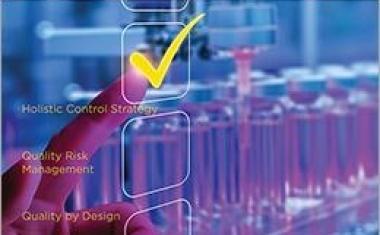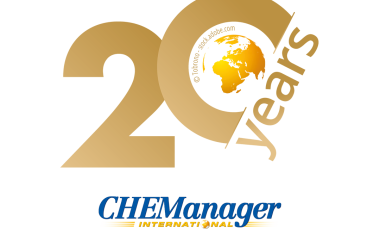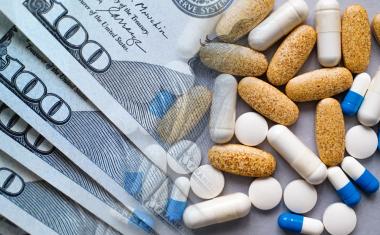Tatarstan - a Hot Spot of the Chemical Industry in Russia

All eyes on Kazan. The capital of the Republic of Tatarstan is a host city of the Football World Cup 2018 in Russia. Six matches will be played in the impressive Kazan Arena. This draws some attention on the federal republic in the Eastern part of European Russia.
Tatarstan is one of the most economically developed regions of Russia. Located approximately 800 km east of Moscow, the republic lies between the Volga River and the Kama River and extends east to the Ural Mountains. Tatarstan is a hot spot of the petrochemical and chemical industry in Russia. At ACHEMA 2018, the world’s largest tradeshow for chemical process technology that took place in Frankfurt, Germany, mid-June, the Republic of Tatarstan exhibited for the first time at the event to present its industrial assets and provide information for potential investors.
Exhibiting at ACHEMA 2018, the Republic of Tatarstan benefited from its booth’s location adjacent to the WILEY booth. The leading publisher of chemical science and business print and digital products (Angewandte Chemie, CHEManager, Chemie Ingenieur Technik) drew a crowd of academia and industry visitors – for instance to meet Nobel Laureate Sir Fraser Stoddart – to its ACHEMA exhibit that more than once asked the WILEY staff curiously about the Tatarstan booth. So, for those, who did not visit ACHEMA and have never heard of Tatarstan, here are some facts:
Tatarstan is the fastest-developing constituent region of the Russia Federation and has a wide range of competitive advantages. Major natural resources of Tatarstan include oil and natural gas. The chemical and petrochemical sectors form the basis for growth in Tatarstan's economy. Based on the 2014 results, petrochemical enterprises' share in total shipments comes to 59.2%, amounting to RUB 972.5 billion (USD 25.6 billion). Tatarstan is also consistently ranked among leaders of agricultural production of the country, features the production of medical equipment and pharmaceuticals, and is a major scientific center.
Tatarstan has been a leader among Russian regions in terms of the key macroeconomic indicators and in 2015, the republic took first place in the national rating of investment climate in the regions of Russian Federation. The republic has created a special government body working on a “one-stop-shop” basis, the Tatarstan Investment Development Agency (TIDA). The Agency was founded in 2011 to support, assist and implement investment projects so that investors can feel both confident and comfortable.
Tatarstan has well-developed operational investment infrastructure. Kazan was recognized as the best municipality in Russia based on the results of the VI nation-wide competition of municipal entities. In addition, Kazan was included in the Top-10 business-friendly cities by Forbes magazine. In recent years, major investment projects have been announced and realized not only by domestic companies but also by foreign investors such as Clariant, Johnson & Johnson and Rockwool.
















